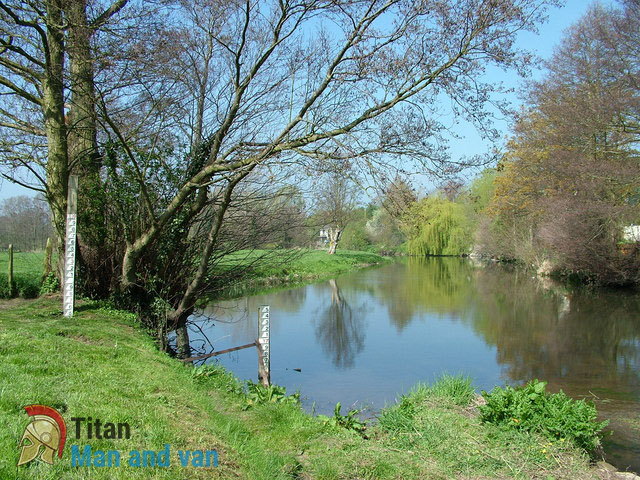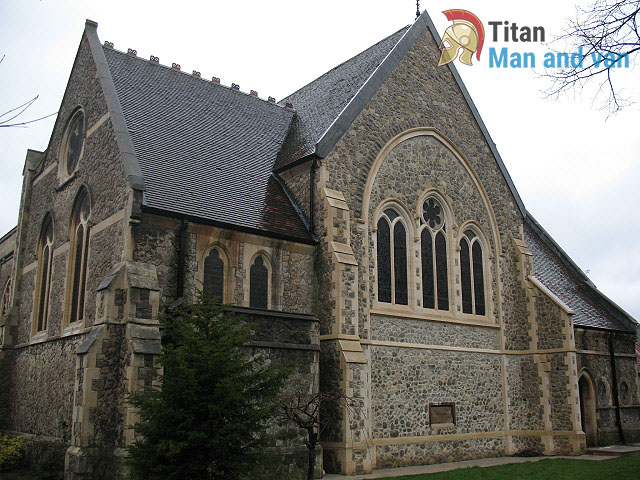
The Borough of Lewisham lies in the south eastern parts of London and is governed by the Lewisham London Borough Council. It was created on April the 1st, 1965, when the Metropolitan Borough of Deptford was merged with the Metropolitan Borough of Lewisham. It spreads oven 13.57 square miles and according to the last census has an estimate population of about 300.000. This ranks it as one of England’s most populous areas. The borough has a density rate of approximately 22.000 people per square mile. Lewisham is home to numerous world famous neighbourhoods, places of interest, parklands, entertainment venues, educational institutions and healthcare facilities.
Let’s begin with Brockley
The district of Brockley, SE4, lies in the eastern parts of the borough and is home to a population of about 17.000 people. The noted junction of Charing Cross is situated at exactly five miles from the area. The Prendergast Hilly Fields College is arguably the most prominent educational facility in the district. It was founded during the late 19th century and is housed in a Grade II listed edifice. It is a girls’ only secondary school and currently has an estimate of 770 pupils. The Brockley Nature Reserve, which is also known as New Cross Gate Cutting is the area’s most popular parkland. It covers an area of 4.2 hectares and is identified as a Site of Metropolitan Importance for Nature Conservation. The neighbourhood is one of the greenest ones in Lewisham as it is also home to several other green spaces. All this makes the district a highly desirable area and a testament to this is the fact that more and more people are moving to it by using professional man and van services in Brockley. By using licensed removal options, newcomers have the peace of mind that their belongings will be packed, loaded and delivery by skilled and well-equipped moving specialists. The district is linked to the other parts of the city by its own railway station which was opened in 1871 and is presently use by over 4 million people on an annual basis.
Bellingham is an area with a population of approximately 15.000 which is situated in the southernmost parts of the Borough of Lewisham. Randlesdown Road is undoubtedly the district’s most famous street as it is the site of several well-known local public houses, independent shops and service suppliers. It is one of the borough’s calmest and quietest districts as it isn’t the location of any major monuments and touristic sites. The only interesting thing about Bellingham, SE6 is that the Prime Meridian passes through it. The area is served by its own railway station which dates back to the late 19th century. It sits on the Sevenoaks Line from the National Rail Network. According to the latest numbers it provided transportation services to a little over than 800.000 people yearly.
Grove Park is another great place
 The district and electoral ward of Grove Park, SE12, is located in the south eastern parts of Lewisham. The area’s development began during the 19th century when the local railway station was established. The latest census shows that the district has a population of over 14.500 people. Grove Park is known for being the home of several well-known religious edifices. St. Augustine’s Church is perhaps the district’s most notable landmark. Its popularity is due to the fact that Archbishop Desmond Tutu ministered it from 1970 to 1974. Other religious buildings in the area include:
The district and electoral ward of Grove Park, SE12, is located in the south eastern parts of Lewisham. The area’s development began during the 19th century when the local railway station was established. The latest census shows that the district has a population of over 14.500 people. Grove Park is known for being the home of several well-known religious edifices. St. Augustine’s Church is perhaps the district’s most notable landmark. Its popularity is due to the fact that Archbishop Desmond Tutu ministered it from 1970 to 1974. Other religious buildings in the area include:
- Word of Life Church
- Kings Church Downham
- Burnt Ash Methodist Church
Throughout the years, numerous prominent people such as Keeley Hazell, Edith Nesbit and the above mentioned Desmond Mpilo Tutu have lived in the district. Nowadays people are frequently moving to the area as it is one of Lewisham’s finest neighbourhoods. Newcomers tend to delegate the execution of their relocations to reliable and properly trained movers who provide affordable man and van services in Grove Park, BR1. The district is connected to the other parts of the English capital by seven bus lines which pass through it on a regular basis. It is also served by its own railway station which is used by over 2.5 million passengers annually. Grove Park Station is part of the National Rail Network and was opened in 1871.
